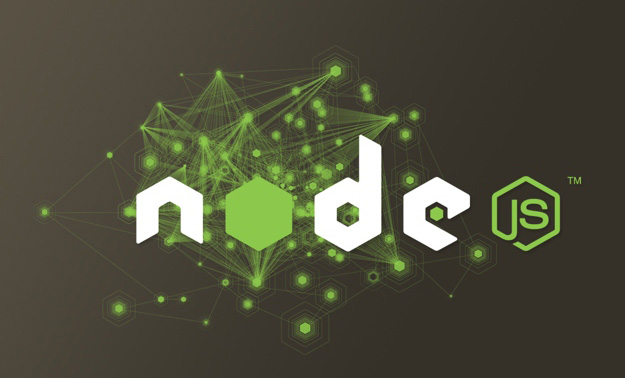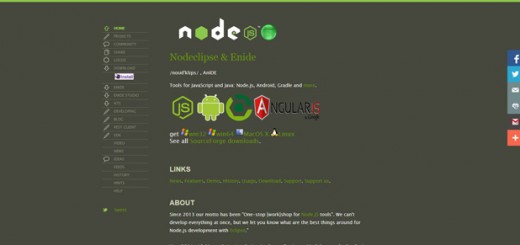Node.js is a JavaScript(JS) engine, a run-time environment, presently supported by V8 that implements JS’s code on platforms other than the web browsers.
It facilitates service-side scripting, leading to better client request-oriented responses.
Here is an easy-to-understand guide about it.

Origin
JavaScript was developed in 1995; since then, the programming language has received a lot of appreciation and updates. But, in the initial days of its inception, its use was limited to web browsers.
Generally, during the development of an application, JavaScript code is converted into machine code via a JavaScript engine, making it feasible for the browser to decipher the command.
Different browsers utilize their respective engines for interpretation. Namely, SpiderMonkey, developed by Netscape, was the first browser to be employed by javascript, internet explorer makes use of chakra, and javascript code is used by apple.
With the advent of research and rigorous computing skills, V8 engines came into the picture. It was built by chrome and is the fastest engine used for executing javascript’s code. With an increase in speed came an opportunity to expand JS from browsers to other platforms; hence, a run-time environment was conceptualized that can be compiled on stand-alone machines. This is how Node.js web development came into origin.
With the help of node.js, JavaScript can run on mobiles, desktops, and as a server. The .js only signifies its association with Javascript. It is not a file extension or a programming language. It is just a platform to bring the code into effect.
Feature
Node.js is created with several in-built features to leverage user experience. Some of them are listed below.
1. Node Package Manager (NPM): This feature is helpful when a user needs to use certain external tools, such as a video editor, to make the application or web tool more relevant. NPM has a magnificent database of modules that store these tools. The users can also design their modules as per their requirements.
2. Full Stack Development: Javascript supports frontend services only, with the help of frameworks such as angular and react. Node.js enables backend services as well. It utilizes a framework, namely express for the development of web applications.
This makes Java Script an overall champion where applications can be designed in a single language with the help of compatible frameworks such as mongDB, express, angular and node.js.
3. Reduced Buffering: There has been a multi-fold enhancement in terms of speed via the V8 engine, which leaves no space for buffering.
Don’t Miss-
Best Node.js Tools, Tutorials and Resources
11 Best IDEs for Node.js Development
Working mechanism
The most important peculiarity about Javascript is that it is a single-threaded server. Node.js followed in its core footsteps and functions on single-thread event loops, which are highly expandible. It executes this with the assistance of two features.
1. Non-Blocking I/O: An army of helpers is appointed between the client and server that respond to the multiple requests and maintain the event loop. This feature saves time by not blocking other client’s requests while simultaneously working on previous ones.
2. Asynchronous: This is a concept of call-back that makes the event loop more efficient by perpetuating the constant flow of information from the server to the client.




